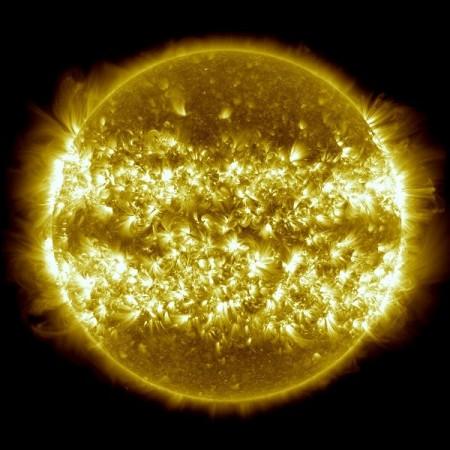
Space rocks heading towards the Earth that often go undetected by telescopes could potentially be identified by spotting changes in solar wind, streams of plasma, and particles spewing from the sun, a new research has suggested.
The findings could lead to identification of smaller near-Earth objects (meteoroids) before they blast through our home planet's atmosphere.
The massive near-Earth objects (NEOs) that circle the sun are often trailed by a cocoon of smaller space rocks and ultrafine dust.
Even if the main asteroid never comes close to the planet, the Earth's gravitational pull can bring the smaller objects directly towards the planet.
Theses smaller space rocks pose danger due to the vast majority lurk hidden in the solar system.
Even if they are heading straight for Earth, "you will never see it in a telescope," study co-author Hairong Lai, a space physicist at University of California, Los Angeles was quoted as saying.
These smaller impacts would not destroy the Earth, but they batter the planet every few decades and can still be incredibly damaging, Lai added.
The 2013 Chelyabinsk meteor impact in Russia injured 500 people and caused significant property damage.
With the new method the researchers have found that Asteroid 138175, which circles the sun roughly every 368 days, may have tens of thousands of small but deadly objects in its orbit that may pose a threat to Earth, Live Science reported.
The findings were presented at the 47th annual meeting of the American Geophysical Union in San Francisco.









